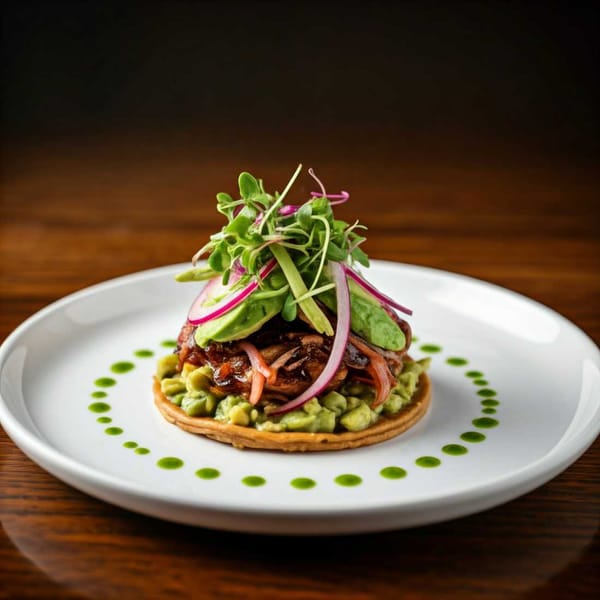How the Spanish Conquered Mexico with a Wedding Ring
The Spanish colonial period saw marriage as a strategic tool for power and social control. Noble families forged alliances to maintain status and wealth, while the Church sought to impose monogamy on indigenous populations.

Let’s begin by addressing a universal truth that any history buff, monarchist, or even a vaguely interested pub-dweller must acknowledge: marriage has always been less about love and more about power. Yes, your parents might have tied the knot after a whirlwind romance in the 1970s, but for most of human history, nuptials were more like high-stakes poker games. Except instead of poker chips, the players were tossing land, titles, and occasionally entire armies onto the table. And nowhere is this better illustrated than in the case of the Villegas family of colonial New Spain.
It’s the early days of the viceroyalty—imagine something like a corporate startup, only with conquistadors instead of coders and far fewer beanbags. The Spanish, having swept through Mesoamerica with a zeal that makes Elon Musk look lethargic, were faced with a dilemma: How do you maintain control over a society teetering on the edge of collapse while also convincing everyone that your new-fangled religion isn’t just another imperial racket? The answer? Marry the local elites. And that’s exactly what the Villegas clan managed. By forging strategic marital alliances, they didn’t just preserve their power—they cemented it, like building a medieval castle out of reinforced concrete.




